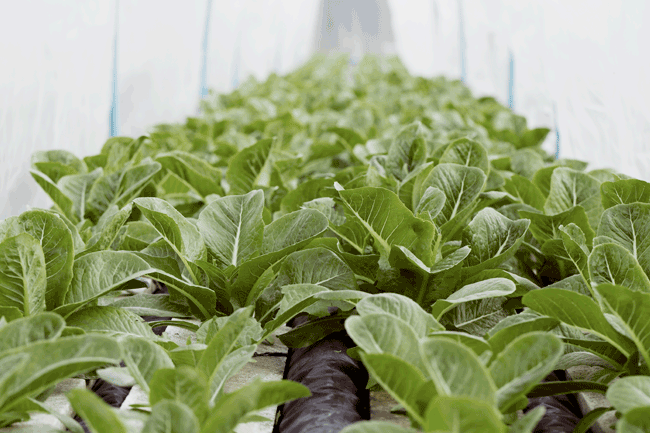Kenyan farmers are turning to hydroponics to guarantee livestock fodder as recurring dry spells severely affect the agriculture sector and raise fears of food insecurity. The soil-less culture technology uses less water and land, and can yield up to 10 times the crop grown in an open field.
According to Donatus Njoroge, researcher at Mount Kenya University and director at Hydroponics Kenya (a business that teaches the technique to farmers), the method mixes barley, wheat, maize and other grains with water in trays and takes only days to mature – compared to months for ordinary fodder such as Napier grass, as reported by Reuters.
Hydroponics farming, however, is not without its challenges, he adds. ‘A simple shed can cost 10 000 shillings [US$100] to set up, but smallholder farmers often don’t have that capital.’ And while hydroponic fodder needs less water than varieties such as Napier grass to grow, it still requires about a litre per kilo of fodder, he says, ‘so we encourage farmers to harvest rainwater from their rooftops or from the ground’.
Njoroge estimates that more than 5 000 livestock farmers are using the technique across the country. ‘With more training, that number could be a lot higher,’ he says.


